The walls and flooring of both the kitchen and the bathroom are frequently covered in ceramic tile, making it a popular option.
Introduction to the ceramic tiles uses
In addition to being waterproof, stainproof, and odorless, it also provides resistance to dampness. It functions quite well even in extremely crowded areas. Because it is available in such a wide selection of patterns and hues, ceramic tile is an excellent choice for embellishing a space with modern and luxurious air. Tiles are available in a wide variety of shapes and dimensions, ranging from mosaics to extremely large proportions. To draw attention to ornamental elements, you may use accents like trim pieces, borders, and inlays with virtually every type of installation style. Use a variety of colors and sizes to provide visual interest, or for a more unified design, use the same material and pattern for the floor, the counter, and the backsplash. This will help the space seem more complete. 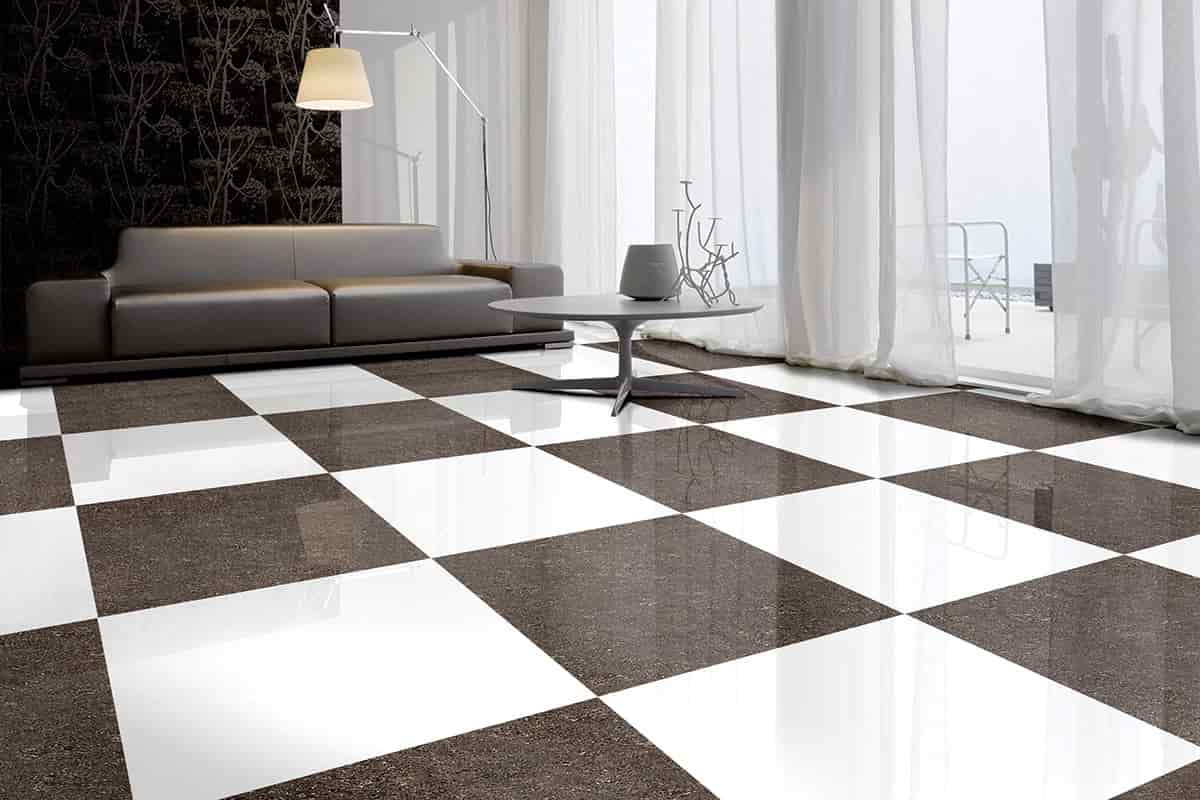
Different ceramic tile uses
When selecting tiles for the bathroom, it is important to keep in mind the amount of water that will be utilized there as well as how frequently it will be used. Tiles that can withstand moisture yet are still safe to walk on barefoot are an absolute necessity in damp environments. Glazed tiles look fantastic when applied to worktops and walls, but when used as flooring, they pose a risk. It’s possible that they’d work well in a powder room that doesn’t have a bathtub or shower. Tiles with a matte finish or a textured surface are preferable for use around damp feet. 
The Important ceramic tile uses
When revamping a kitchen, the use of tile is a smart design choice. It is unaffected by moisture, messes, and stains of any kind (depending on the material used). The floor is able to withstand a significant amount of foot activity. When applied to the walls as a covering or backsplash, it may either subtly bring the space together or make a bold statement about your sense of style. The widespread installation of kitchen tiles is something that we support wholeheartedly. The floors and walls of a kitchen may both be tiled, and while there is a large variety of tiling materials and colors available, tiling is an option for both. In order to be of assistance to you, we have produced a list of the top alternatives for kitchen tile, including materials, colors, sizes, and pricing ranges for each option. 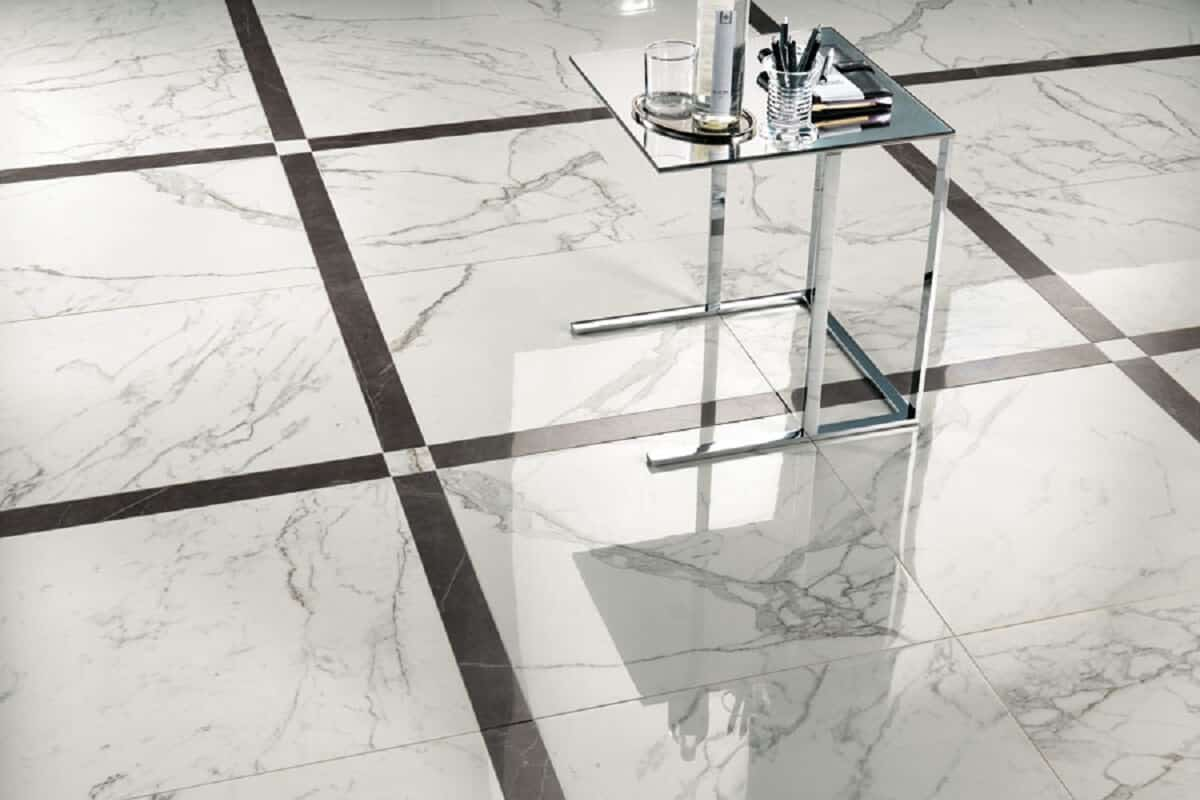
Tips to remember when shopping ceramic tiles
Porcelain tile is a type of ceramic tile that is burned at a higher temperature than other forms of ceramic tile, which makes it more long-lasting and less porous than the other varieties of ceramic tile. One of the factors that will go into determining which kitchen floor tile is best for you is how comfortable you are with surfaces that are slippery. One last thing to think about is how big your kitchen is. Slate may not be the ideal option for a kitchen that is on the smaller side because dark hues like black and gray have a tendency to make areas feel more smaller than they are. When considering the many options for tiling the floor of your kitchen, the following considerations should be kept in mind: Tiles with higher degrees of hardness are more resistant to dents and scratches than tiles with lower levels of hardness. On the other hand, the harder the tile is, the greater the risk that glasses and other dinnerware may shatter if they are dropped on it. Read more:

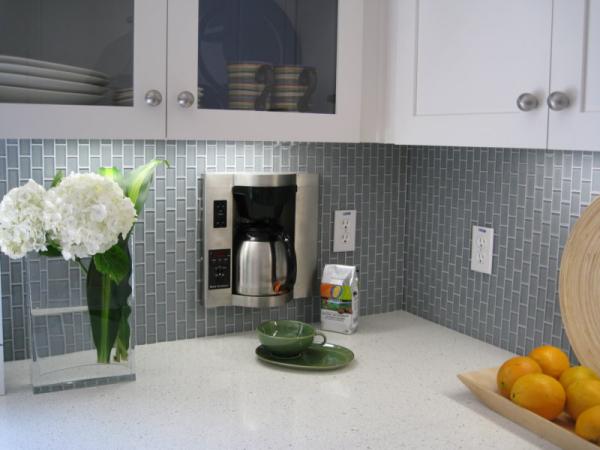
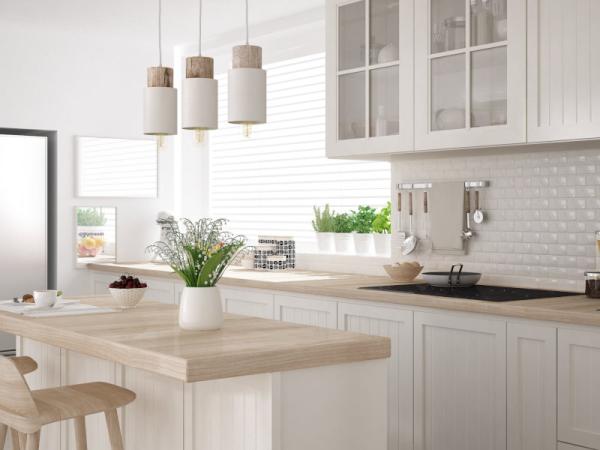



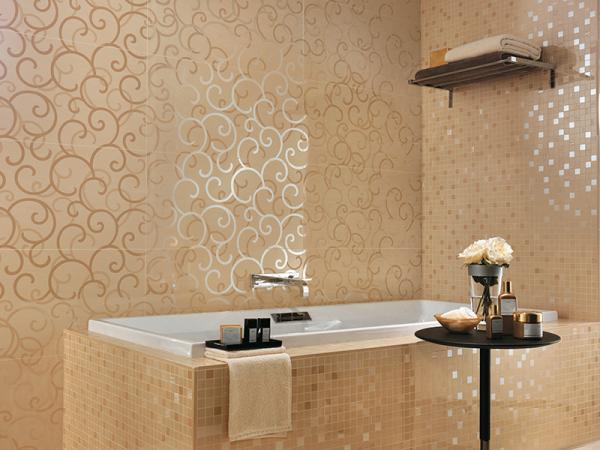
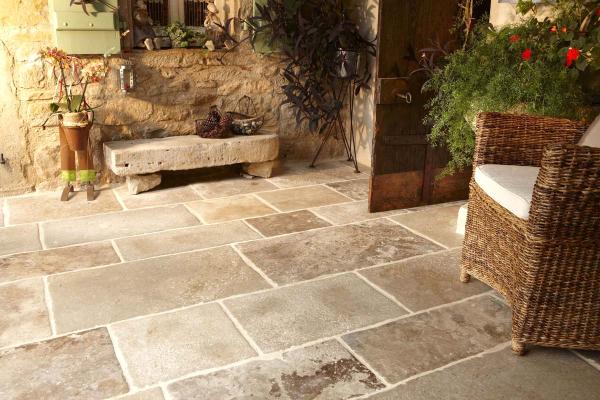
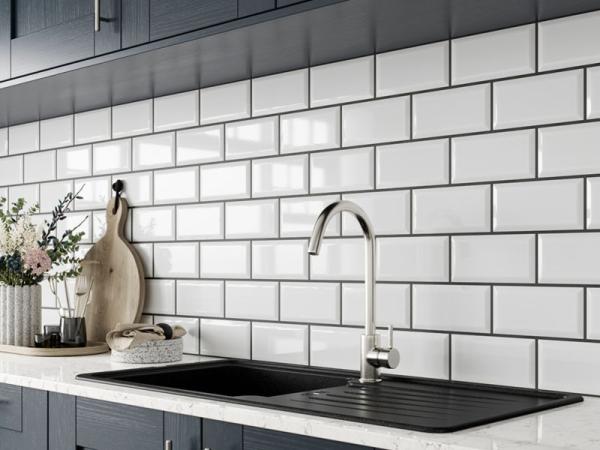
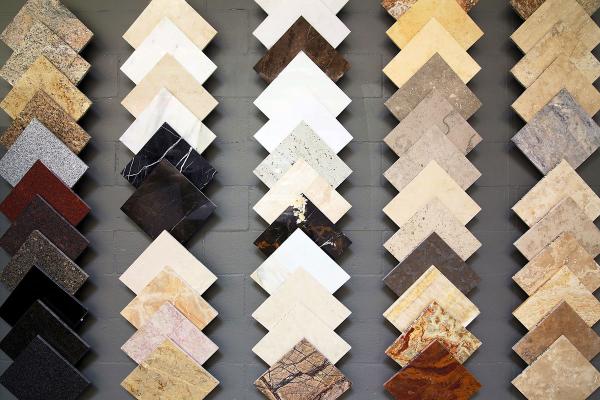
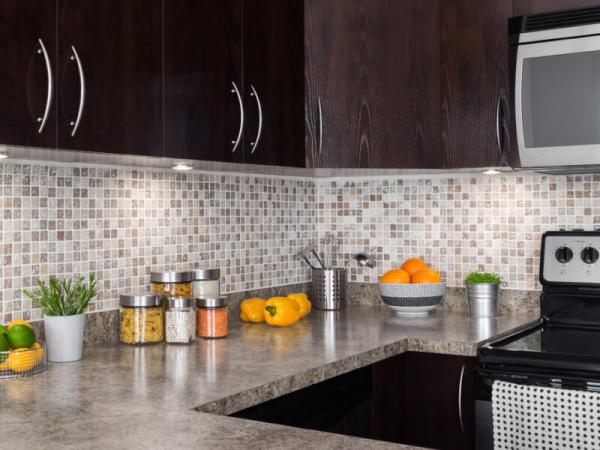
Your comment submitted.